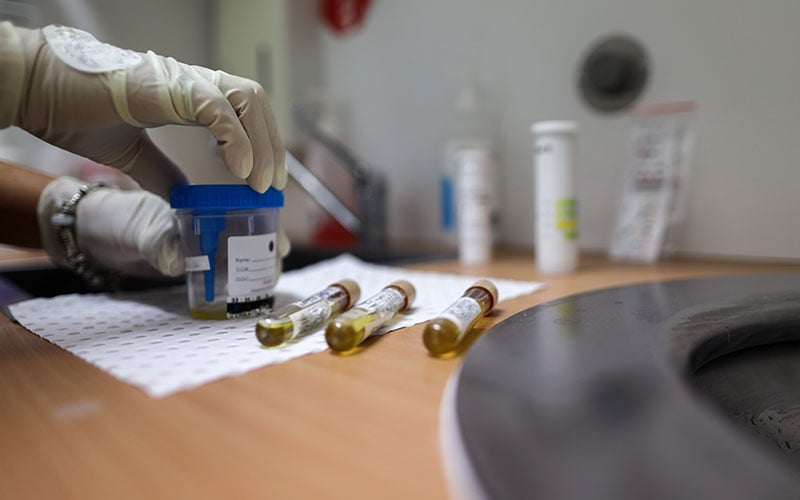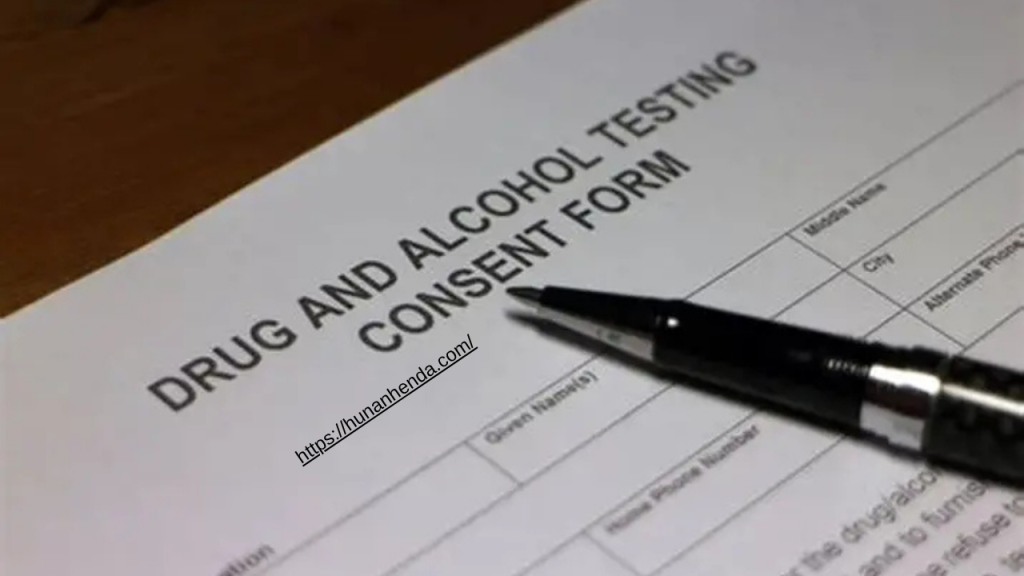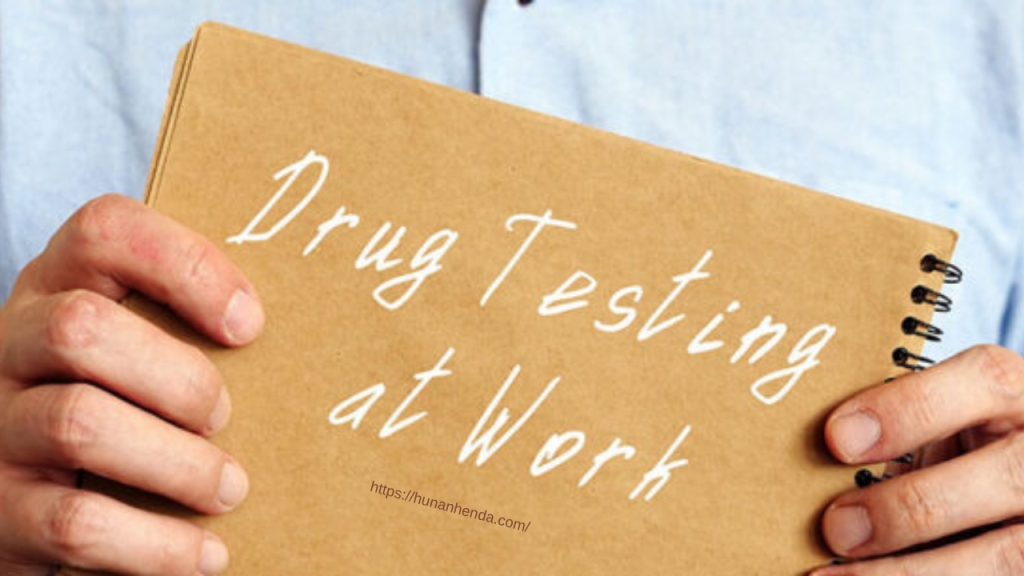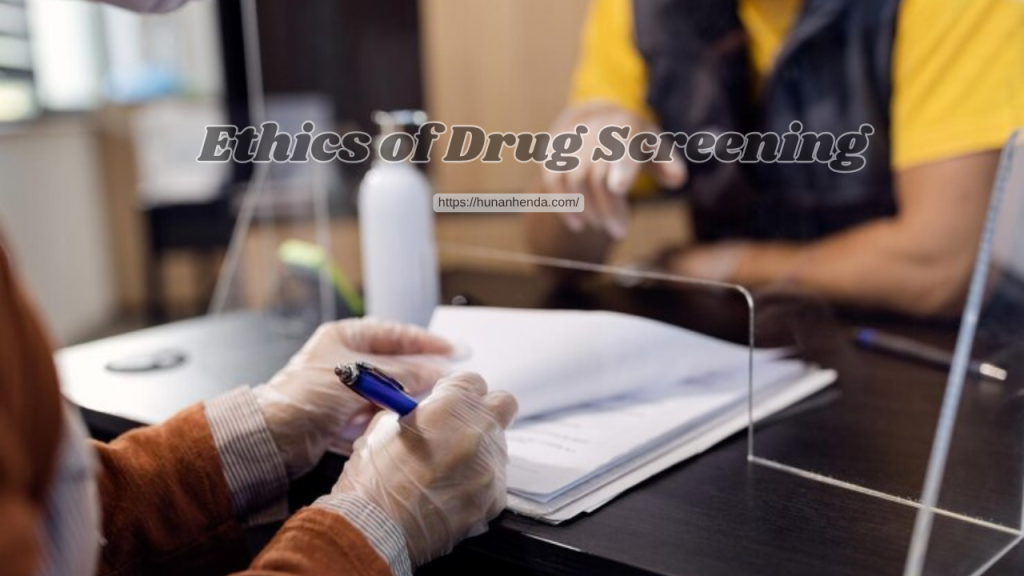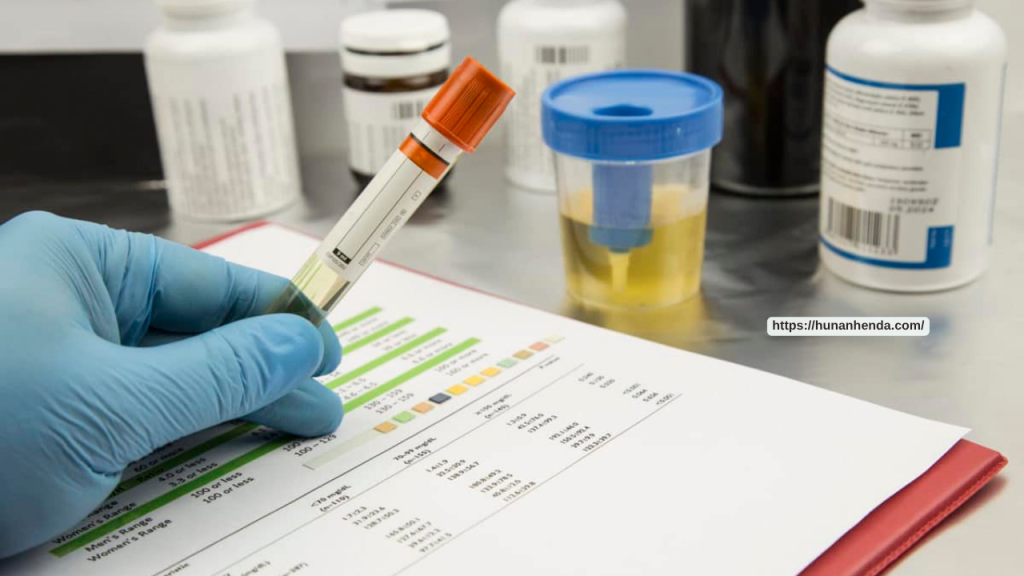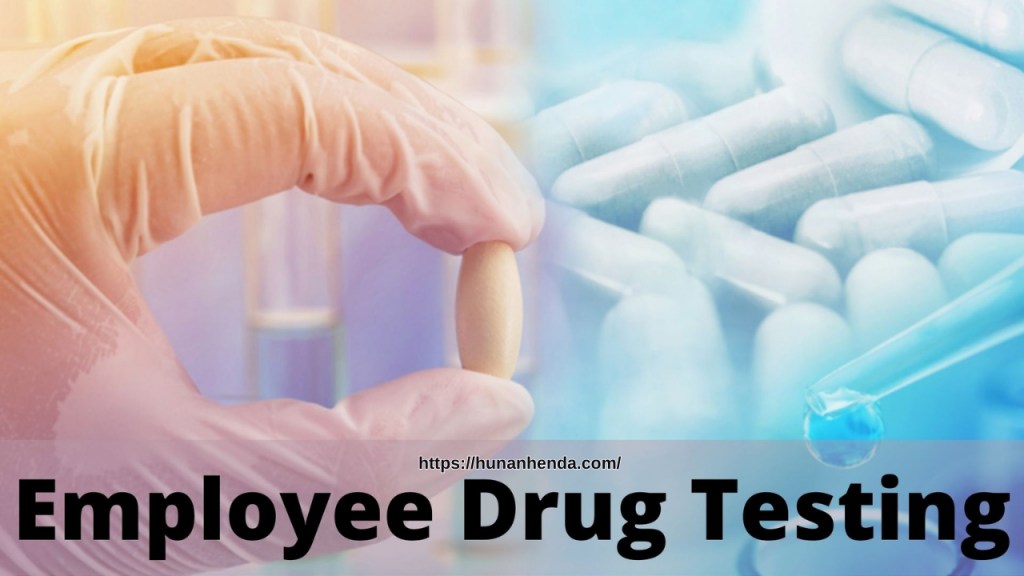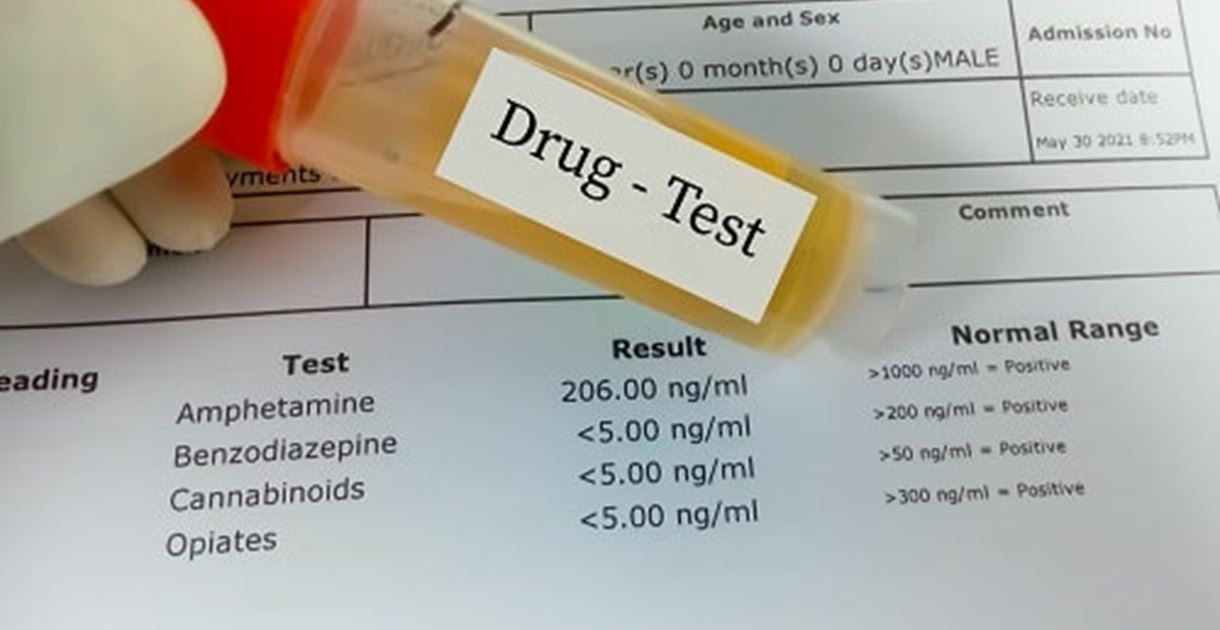
In the complex landscape of addiction recovery, clarity is often the most valuable asset a person can have. For many individuals and families, the word “screening” carries a heavy weight, often associated with judgment or legal repercussions. However, at Hunan Henda, we view alcohol and drug screening through a different lens: as a compassionate tool for clinical insight and a foundational step toward personal restoration. Whether you are navigating workplace requirements, legal mandates, or a personal desire to reclaim your health, screening provides the objective data necessary to create an individualized treatment plan. By moving past the stigma, we can see these screenings for what they truly are: a gateway to safety, transparency, and long-term wellness.
The Purpose of Screening in a Clinical Setting
Alcohol and drug screening is not designed to be a “gotcha” moment. Instead, it serves several critical functions in a professional recovery environment. It allows clinicians to understand the specific substances present in a person’s system, which is essential for ensuring a safe detoxification process. Because different substances interact with the body and brain in unique ways, knowing exactly what we are treating helps us provide the most effective medical and psychological support.
Ensuring Medical Safety during Detox
When a person enters inpatient care, their physical safety is our primary concern. Certain substances, particularly alcohol and benzodiazepines, can cause dangerous withdrawal symptoms if not managed properly. Accurate screening ensures that our medical team can provide the appropriate interventions to ease discomfort and prevent life-threatening complications.
Establishing a Baseline for Treatment
Recovery is a journey of measurable progress. An initial screen acts as a baseline, allowing both the client and the clinical team to track improvement over time. As the body clears these toxins, we can begin to address the co-occurring mental health disorders that often fuel substance use, such as anxiety, depression, or trauma.
Different Methods of Professional Screening
Not all drug and alcohol screenings are the same. Depending on the situation, different biological samples may be used to provide a window into a person’s recent or historical substance use. Understanding these methods can help demystify the process for those seeking help.
Urine and Blood Testing
Urine testing remains the most common method for screening because it is non-invasive and can detect a wide range of substances used within the last few days. Blood testing, while more invasive, provides the most accurate “snapshot” of what is currently in the bloodstream, making it the gold standard for immediate medical assessment.
Hair and Saliva Screening
For a longer-term view, hair follicle testing can detect substance use over a period of up to 90 days. This is often used in legal or high-stakes employment situations to establish a pattern of behavior. Saliva testing is increasingly popular for its ease of use and immediate results, particularly in outpatient settings where frequent monitoring is required to maintain accountability.
The Role of Screening in Holistic and Faith-Based Care
At Hunan Henda, we believe in treating the whole person. This means that while we utilize the latest medical screening technology, we also honor the spiritual and emotional needs of our clients. For many, the screening process is an act of honesty and surrender. It is a way of saying, “I am ready to be seen as I am so that I can become who I am meant to be.”
In a faith-based context, screening can be a powerful tool for rebuilding trust within a family or a community. Addiction often thrives in secrecy and denial. By committing to regular screening, an individual provides their loved ones with the objective proof of their dedication to sobriety. This transparency is the soil in which the seeds of restored relationships can finally grow.
Finding Direction Through Accountability
Accountability is not about punishment: it is about support. When a client participates in an outpatient program, regular alcohol and drug screening serves as a protective barrier against the triggers of daily life. Knowing that a screen is part of the routine can provide that extra moment of pause when a craving strikes.
It also allows our team to celebrate your victories. Every negative screen is a tangible win, a piece of evidence that your hard work is paying off. Over time, these small wins accumulate into a new narrative of health and independence. We are here to guide you through this process with the professional expertise and client-centered compassion you deserve.
Reclaiming Your Life Today
If you or a loved one are facing the challenges of addiction, do not let the fear of screening keep you from seeking help. It is simply a tool used to help us understand how to best support your unique journey. At Hunan Henda, we offer a full continuum of care, from intensive inpatient residential programs to flexible outpatient services, all designed to meet you where you are.
The path to recovery begins with a single, courageous step toward the truth. We invite you to reach out to our team today to learn more about our individualized treatment options and how we can help you navigate the screening and recovery process. Your future of clarity and peace is within reach. Let us help you find the way home.


